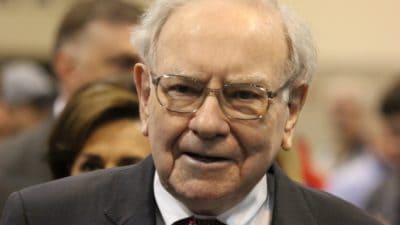 GlaxoSmithKline (LSE: GSK) (NYSE: GSK.US) has had to endure nearly as much bad press as British Gas owner Centrica this year, thanks to a major corruption scandal that has decimated sales in China, and created a storm of bad publicity for the firm.
GlaxoSmithKline (LSE: GSK) (NYSE: GSK.US) has had to endure nearly as much bad press as British Gas owner Centrica this year, thanks to a major corruption scandal that has decimated sales in China, and created a storm of bad publicity for the firm.
In addition to this, the pharma giant’s results have been pretty lacklustre over the last 12 months, so it’s no surprise that Glaxo’s share price has underperformed the wider market and fallen by 10%, so far this year.
However, as billionaire Warren Buffett once said, “you pay a very high price in the stock market for a cheery consensus”. Given all of the bad news which has rocked Glaxo this year, could now be the ideal time to buy?
Valuation
Let’s start with the basics: how is Glaxo valued against its past performance, and against current forecasts for 2014 and 2015?
| P/E ratio | Current value |
| P/E using 5-year average adjusted earnings per share | 14.3 |
| 2-year average forecast P/E | 14.8 |
Source: Company reports, consensus forecasts
Glaxo’s forecast valuation is broadly in line with its historical earnings, suggesting that today’s share price is fair, if not an outright bargain.
However, the pharma giant’s yield could tip the bargain for many investors, as few companies offer a 5.6% prospective yield, that’s backed by a strong record of free cash flow cover.
In my view, Glaxo is a good buy for income, with additional long-term capital gains potential.
What about the fundamentals?
In the long-term, a company needs to deliver long-term sales and profit growth, in order to support its share price and fund shareholder returns.
How does Glaxo shape up on this basis?
| 5-year compound average growth rate | GlaxoSmithKline |
| Sales | -1.4% |
| Pre-tax profit | -3.3% |
| Adjusted earnings per share | -1.7% |
| Dividend | 5.0% |
Source: Company reports
The impact of the ‘patent cliff’ is clear when you look at Glaxo’s results over a five-year timeframe. While the company’s operating margin has remained strong, averaging 25% since 2009, Glaxo has failed to generate either sales or profit growth.
However, the firm’s high margins and strong cash flow generation has mean that it has been able to continue rewarding shareholders, with dividend payments up by an average of 5% per year over the last five years.
Where’s Glaxo going?
Glaxo’s chief executive, Sir Andrew Witty, makes no secret of the fact that the pharmaceutical firm is going through a significant period of change.
This process won’t be quick, but I believe the longer-term benefits from Glaxo’s multi-billion dollar consumer healthcare and vaccine deal with Novartis could be considerable — plus there’s the tempting prospect that the consumer healthcare business could be spun-off into a separate company, generating a windfall for shareholders.







